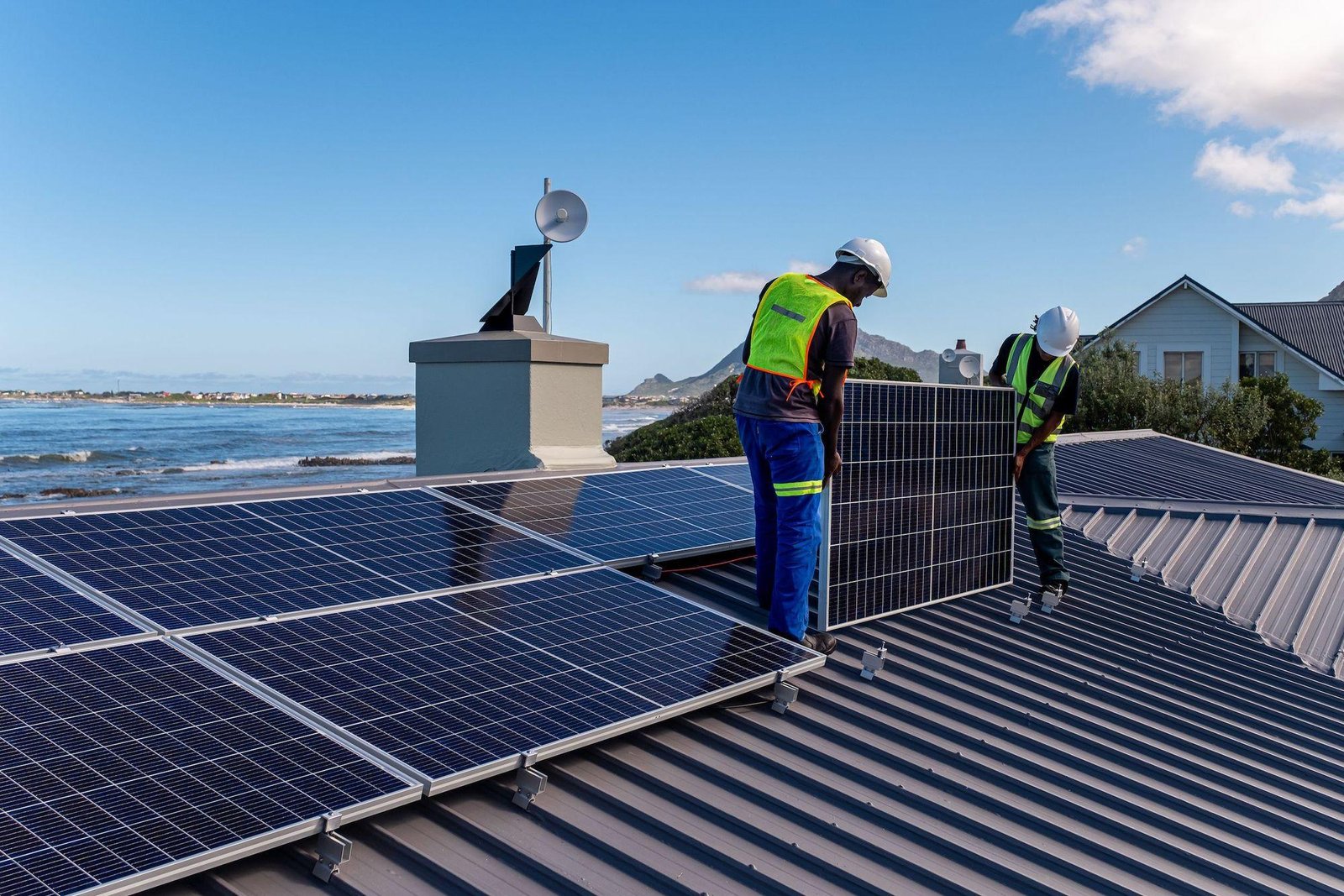Solar Panel Market Struggles with Environmental Concerns and E-Waste Management Issues

The global solar panel market, while enjoying substantial growth and innovation, faces a spectrum of threats that could hinder its momentum. These challenges range from policy instability and raw material shortages to international trade restrictions and environmental concerns. As countries race to adopt clean energy, the vulnerabilities within the solar supply chain and market dynamics become more pronounced. Understanding these threats is crucial for stakeholders looking to mitigate risks and sustain growth in this vital sector.
1. Geopolitical and Trade-Related Risks
One of the most pressing threats to the solar panel market is geopolitical tension, especially between major manufacturing and consuming nations. China, which dominates the global production of photovoltaic (PV) components, is central to the supply chain. However, growing trade restrictions, such as tariffs imposed by the U.S. and the European Union, have disrupted the flow of goods and increased costs. These tensions not only delay installations but also create market unpredictability, discouraging investment.
2. Supply Chain Disruptions and Material Shortages
The solar industry is heavily reliant on specific raw materials like polysilicon, silver, copper, and rare earth elements. Fluctuations in the supply of these materials can severely impact manufacturing output. For example, polysilicon shortages caused by factory outages or high energy prices in China have historically led to price spikes. Additionally, the global supply chain remains vulnerable to disruptions due to pandemics, port congestions, and regional conflicts. These issues drive up costs and delay projects.
3. Environmental and Recycling Concerns
While solar panels generate clean energy, their production and disposal can raise environmental red flags. The process of mining, refining, and disposing of materials used in solar panels can cause pollution if not managed properly. With millions of panels approaching the end of their 25–30-year lifespan, the solar industry faces a looming e-waste crisis. Most countries lack comprehensive policies or infrastructure for recycling old panels, potentially undermining the sector’s green credentials.
4. Technological Obsolescence and Market Saturation
As solar technologies evolve rapidly, older models risk becoming obsolete before reaching their full operational lifespan. Companies focusing on outdated technologies may struggle to compete with newer, more efficient alternatives such as perovskite solar cells or bifacial panels. Additionally, markets in developed countries are approaching saturation, with limited room for expansion without significant grid upgrades or storage solutions. This creates a competitive squeeze that favors large players and threatens the survival of smaller firms.
5. Policy Instability and Regulatory Challenges
The solar market is highly sensitive to government policy. Subsidies, tax incentives, and net metering programs have historically fueled growth. However, sudden changes—such as subsidy cuts or unfavorable tariff adjustments—can rapidly destabilize the market. For example, changes in India’s solar import policies or reductions in Germany’s feed-in tariffs have previously disrupted market dynamics. Uncertainty in regulation can scare off investors and hinder long-term planning.
6. Financial and Investment Risks
Although investment in renewable energy has grown, the solar sector still faces financial hurdles. High upfront installation costs, especially in regions lacking government incentives or financing options, can limit adoption. Furthermore, returns on investment are vulnerable to changing energy prices and economic downturns. Developing countries, where solar potential is high, often lack the infrastructure or credit systems to support large-scale deployment.
7. Public Perception and Local Opposition
In some regions, solar installations—particularly large-scale solar farms—face opposition from local communities. Concerns may include land use conflicts, aesthetic impacts, or fears of property devaluation. These social dynamics can delay projects and increase costs due to legal disputes or additional community engagement requirements. As solar expansion moves beyond rooftops to utility-scale projects, addressing public perception becomes increasingly important.
Conclusion
The solar panel market, despite its bright outlook, must navigate a landscape filled with complex and evolving threats. From geopolitical tensions and supply chain fragility to technological shifts and environmental concerns, each risk carries significant implications. Proactive policy frameworks, diversified supply chains, sustainable recycling practices, and continued innovation are essential to ensuring the long-term resilience and success of the solar industry. Recognizing and addressing these threats today will help the sector thrive in the energy landscape of tomorrow.






